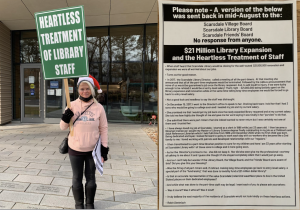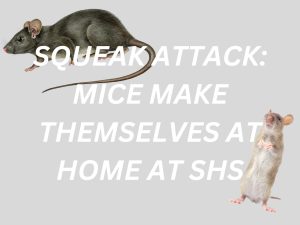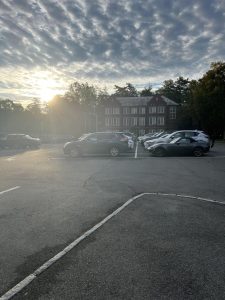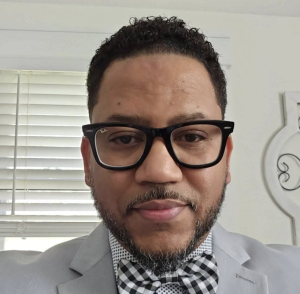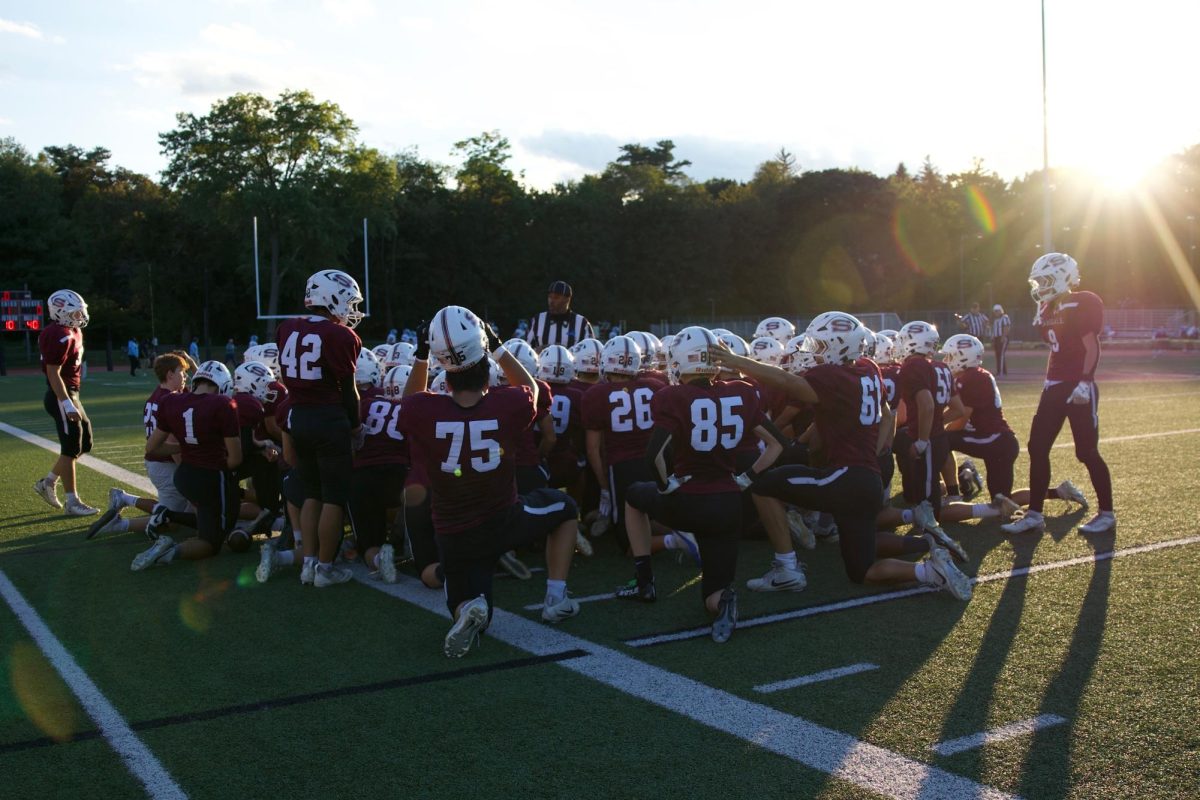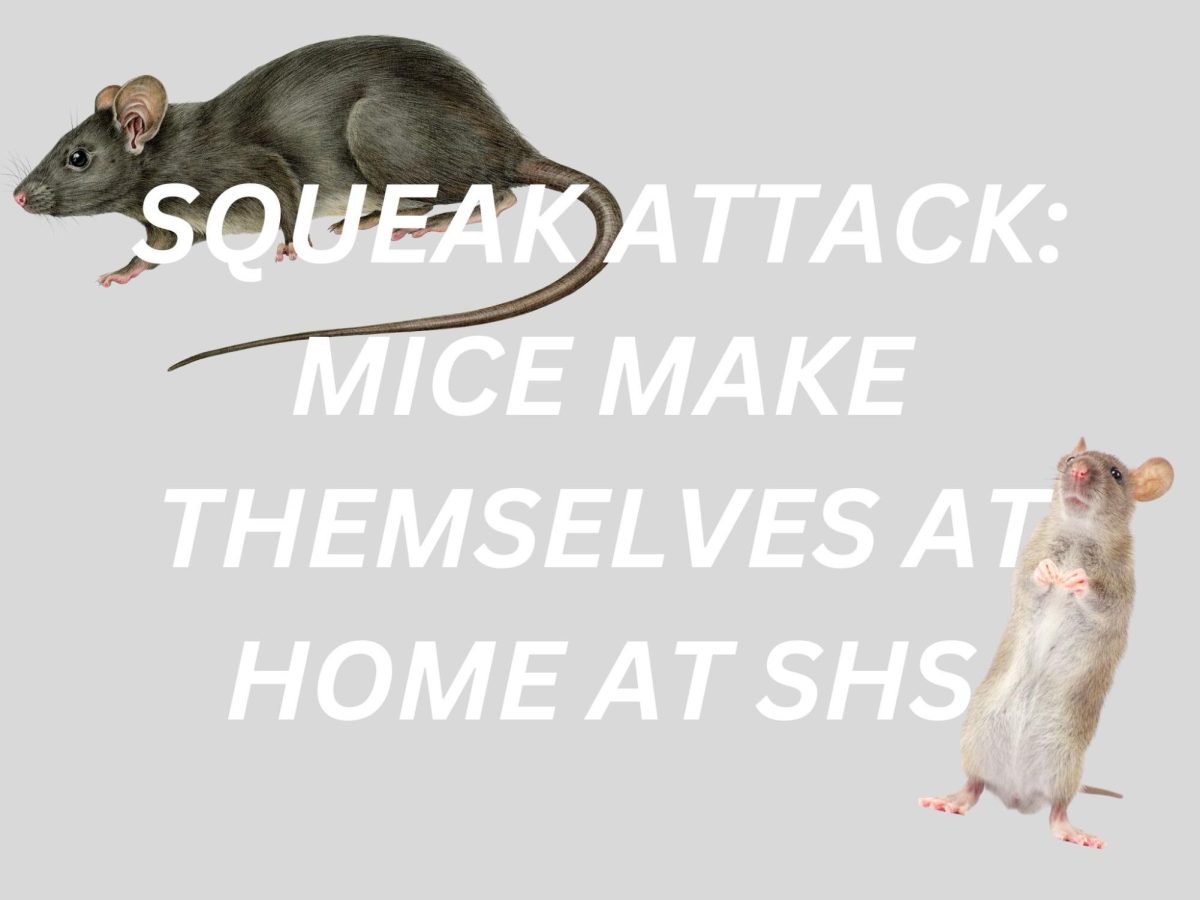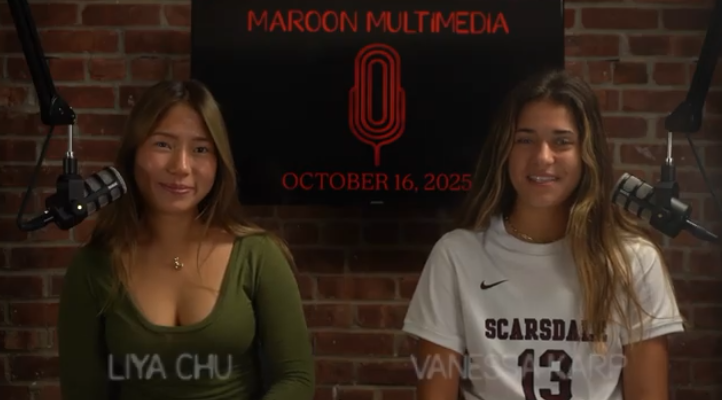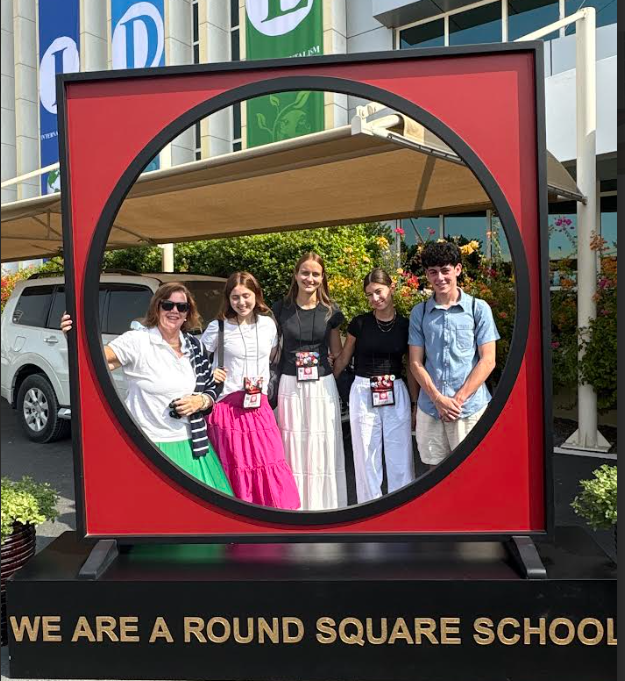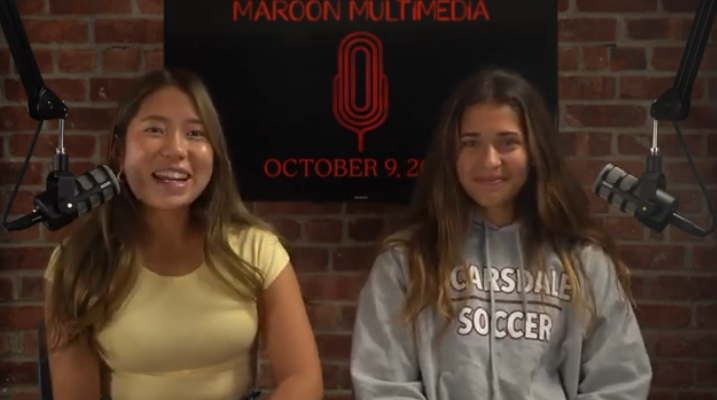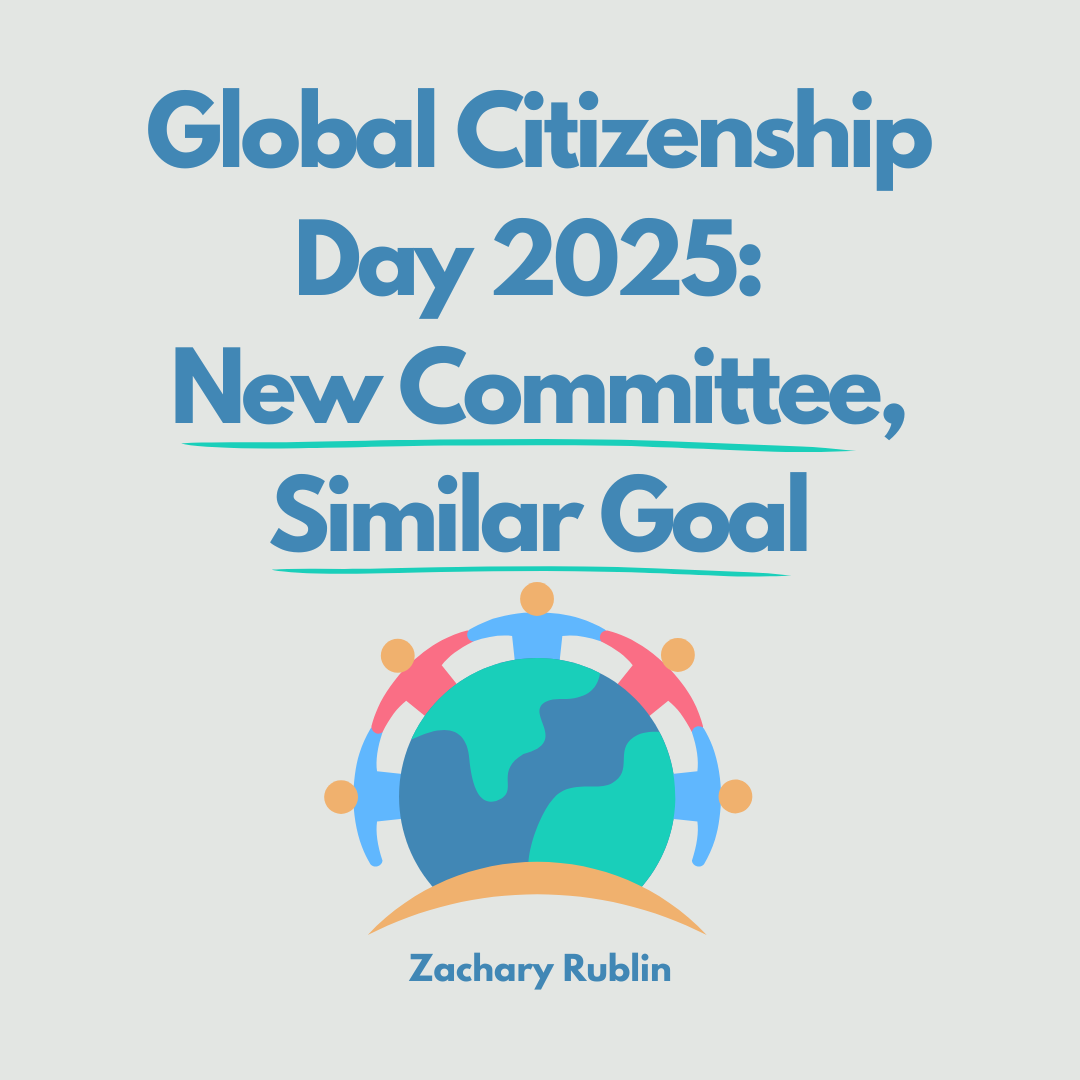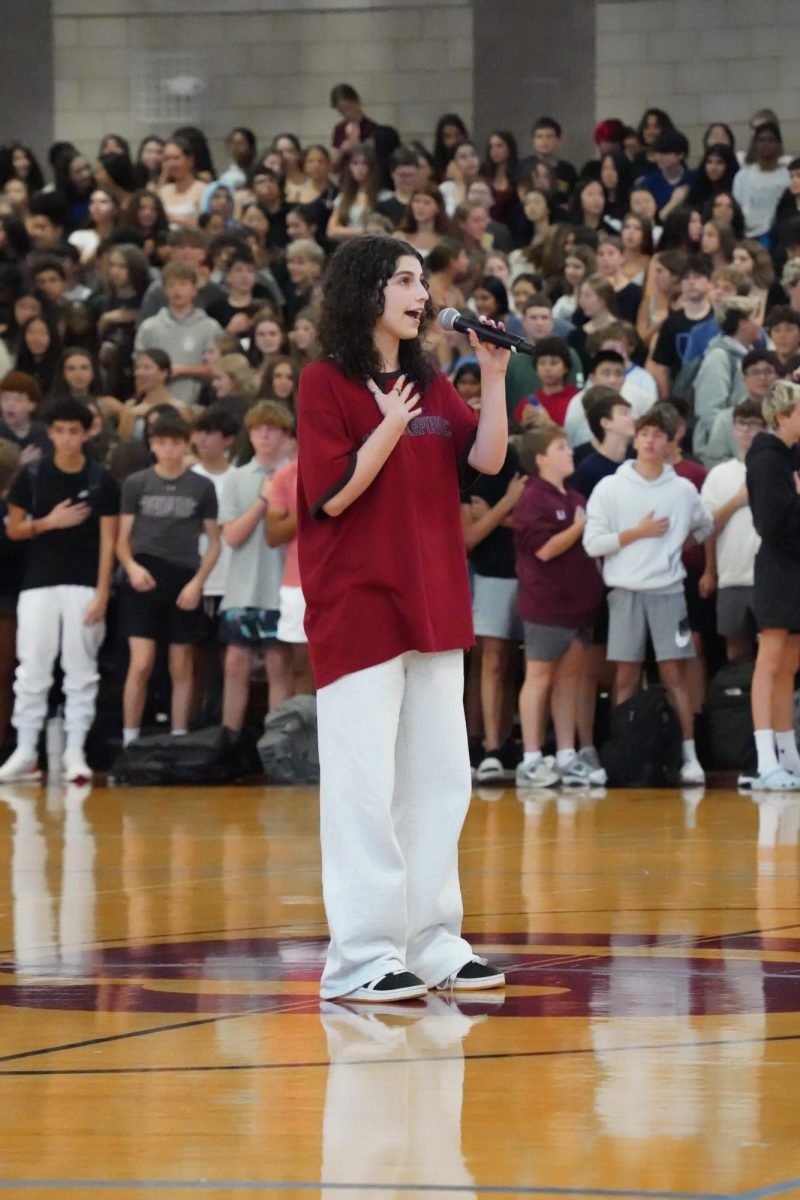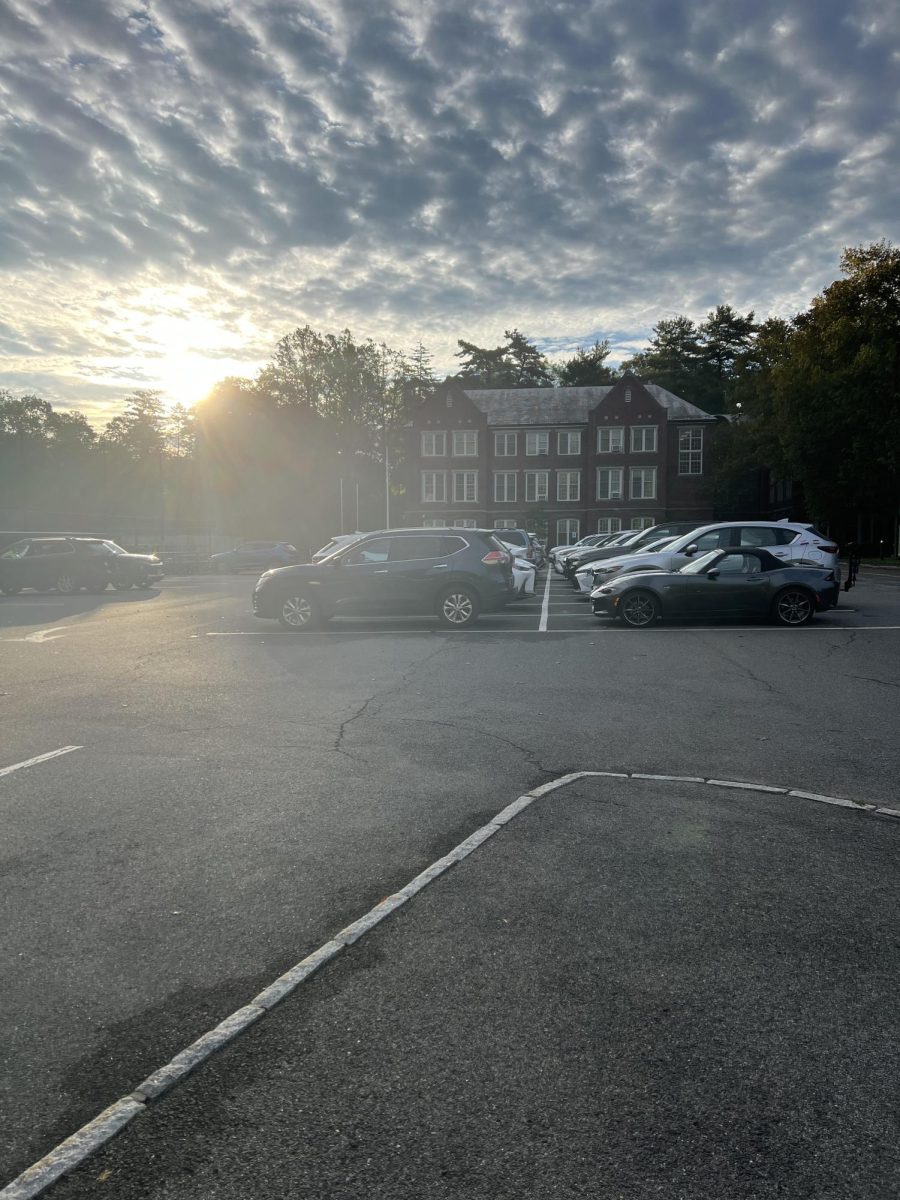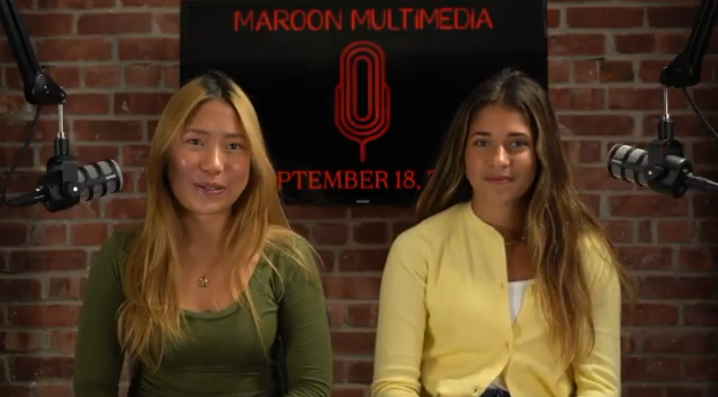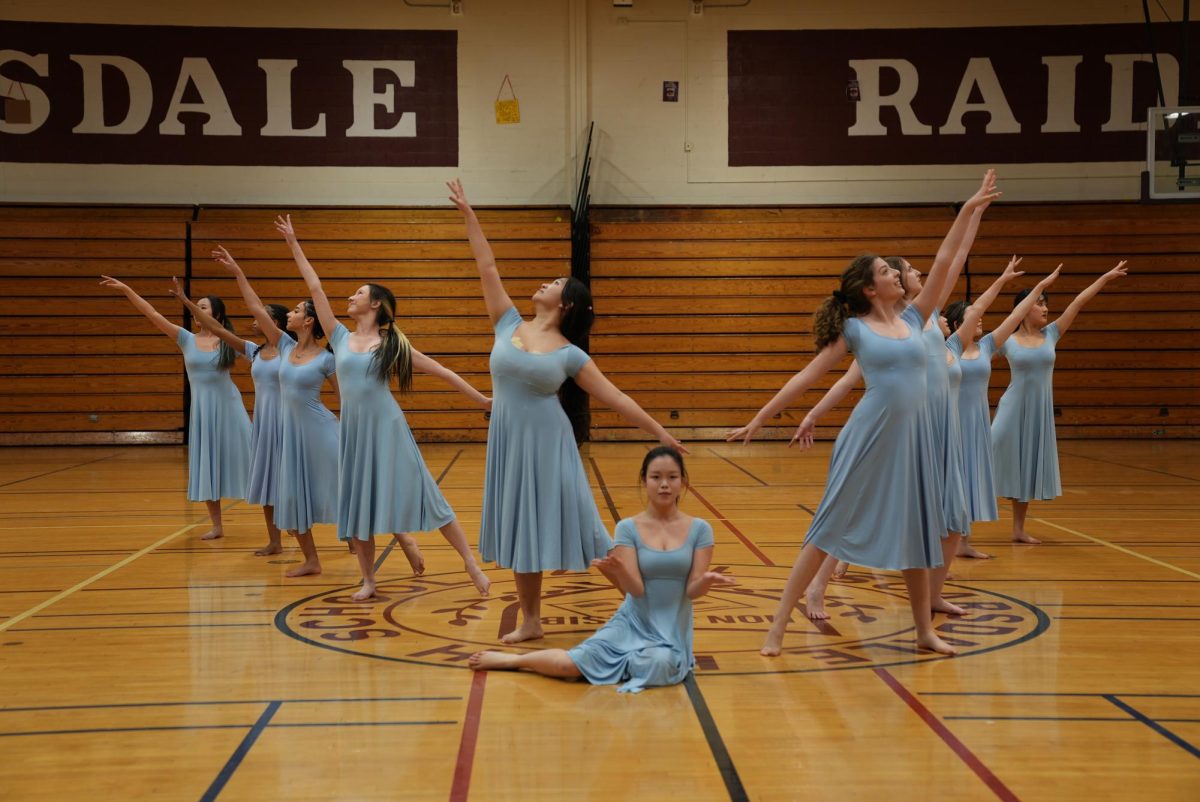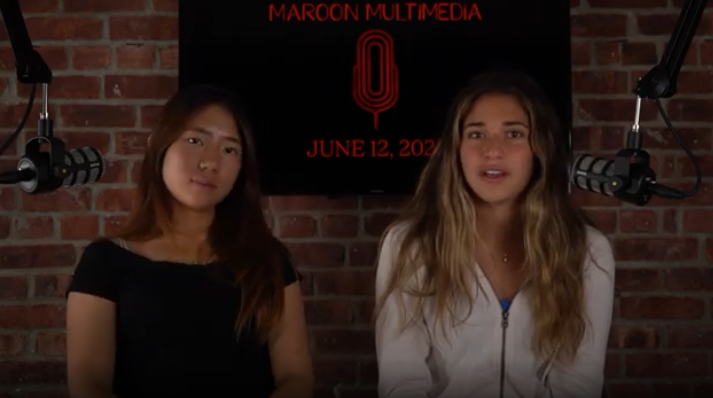Trump’s Promises: Has He Followed Through?
February 9, 2017
In the two weeks since President Trump was sworn in, he has used numerous executive orders to fulfill promises he made during his campaign, including stricter immigration vetting, building a wall along the U.S./Mexico border, announcing his conservative nominee for the Supreme Court, and repealing Obamacare. Here are some of the most important things he has done so far:
Travel Ban
Throughout his campaign, Trump talked about the dangers of radical Islamic terrorism, and said that America is not doing enough to defend itself against potential terrorists entering the country.
What does it do?
- On Friday, January 27, the president signed an executiv
e order that suspended all admissions of refugees for 120 days, and stopped all immigration for ninety days from seven countries: Syria, Iraq, Iran, Yemen, Sudan, Libya, and Somalia. For Syria, this ban is indefinite. - The ban also gives preference to refugees who are religious minorities in their countries, which Trump has indicated is meant to help Christian minorities.
- The ban calls for more “extreme vetting” of immigrants.
Implementation
- Because there was no warning given, international airports in the U.S. were in chaos on the afternoon it was put into effect. Airport officials did not know what to do with immigrants who had just arrived or who had been on planes when the order was signed. It was not clear whether green card holders were allowed in the country.
- The administration eventually stated that green card holders are exempt from the order.
- The American Civil Liberties Union (ACLU) filed a habeas corpus petition on behalf of two Iraqi refugees who were detained at JFK airport, both of whom already had visas. Other petitions were also filed on behalf of people arriving.
- On Saturday evening, a federal judge in Brooklyn issued a stay to prevent the deportation of people who had already arrived in the U.S.
- On Friday, February 3, a federal district court in Seattle blocked the order nationwide, meaning that travelers and vetted refugees can continue to enter the country.
- The Trump administration is now attempting to appeal this order and reinstate the ban as quickly as possible.
Response
- Starting Friday afternoon, there were protests across the country. Protesters at JFK airport shouted chants such as “No hate! No fear! Refugees are welcome here!” and “Let them in!”
- Many referred to this as a “Muslim ban”, but Trump responded by saying that it was not intended to target people based on their religion, and that it is not a ban, it’s just extreme vetting.
- “I don’t support it. I don’t think his way of solving the problem is beneficial. I think by prohibiting refugees from seeking a safe place, there’s going to be more acts of terror in the future because everyone is going to be more upset,” said Lari Ho ’19.
- “I think it’s started this culture of hate, and we can’t fix anything if we all hate each other,” stated Mandira Shashank ’18.
Supreme Court
Trump had promised to fulfill the Supreme Court vacancy with someone conservative who will, he said, uphold the Constitution. This past week, he nominated Neil Gorsuch, fulfilling that promise.
- Gorsuch is experienced — a graduate of Columbia and Harvard who has served on the 10th Court of Appeals in Colorado since 2006.
- He closely shares the conservative views of late Justice Scalia.
- He is predicted to vote in favor of limiting gay rights, upholding restrictions on abortion, and voting against affirmative action programs.
- As a conservative, Gorsuch is a constitutional literalist, and will balance the ideological representation between the right and the left in the Supreme Court, with four liberals, four conservatives, and one swing vote belonging to Justice Anthony Kennedy.
- “I will be interested to see if the democrats filibuster his nominee,” said Adina Mistry ’19
- “I like that he’s a textualist, because I feel that the Supreme Court has become too focused on making moral decisions, which was not their intended role,” said Sarah Bock ’19
Border wall with Mexico
One of the cornerstones of Trump’s campaign was his promise to build a wall along the U.S. / Mexico border that would help stop illegal immigration. He also promised that Mexico, not the U.S., would pay for this wall.
- On January 25, Trump signed two executive orders to start building this border wall.
- The orders also increased border patrol forces and immigration enforcement officials, and called for taking federal grant funding from sanctuary cities. Sanctuary cities in the U.S. aim to help shield illegal immigrants from being deported by doing things such as not actively questioning people who come to hospitals.
- Trump has now promised that while U.S. taxpayers may pay for the wall at first, Mexico will reimburse the U.S. Mexico has rejected this.
- “Building a wall is not going to solve anything. There are other ways to get over! There are planes and boats still, so this won’t help,” said Hannah Saltz ’19
Dakota Access Pipeline
Trump promised to continue work on the Dakota Access Pipeline and the Keystone Pipeline.
- Trump signed executive orders to advance the construction of the Keystone XL and Dakota Access oil pipelines on Tuesday, which stretches across North Dakota, South Dakota, Iowa, and Illinois
- These pipelines would help transport crude oil from wells to consumers across the country, and according to the administration, create thousands of new jobs.
- The pipelines have been criticized by environmental advocates and by Native Americans and their allies, because the DAPL would be constructed on sacred Native American lands.

